Microsoft Kinect: The AnandTech Review
by Brian Klug on December 9, 2010 3:20 PM ESTIntroduction
For better or worse, new user interface is all the rage right now in the console gaming scene. Nintendo was first to the block in 2006 with 3D motion-controlled user interfaces, leveraging a unique combination of IR sensors and 6-axis MEMS accelerometers in a handheld remote. The motion-controlled Wii has enjoyed a nice long run being the sole platform for motion-assisted gaming. Flash forward to late 2010, and Microsoft and Sony both have readied their response to the Wii - the Microsoft Kinect and Sony Move, respectively.
It’s taken the greater part of four years (and one name change) for the software giant’s answer to make it to market, but Kinect is finally out and ready for mass consumption. We’ve spent nearly a month playing with Kinect and are finally ready to release our impressions.
First off, the Kinect is fundamentally different from Sony and Nintendo’s offerings. Instead of relying on handheld controllers and motion targets, the Kinect uses a purely optical solution which we’ll get to in a bit. The result is that there’s only one thing to purchase to add Kinect to an existing Xbox 360 install - the $149.99 Kinect sensor itself. We purchased a retail kit on launch date, which comes with the sensor itself, cables, some paperwork, and Kinect Adventures.
Hardware
Packaging for the standalone Kinect package matches the style of the Xbox 360 S packaging - it’s a lot of green and purple. On the box, Microsoft stipulates that you need at least 6’ of free space in front of the sensor to play, which seems a bit optimistic as I’ll show later. There’s an unboxing gallery below in case you want to see for yourself. The Kinect is securely seated in a foam recessed area.
Inside the box is the Kinect sensor itself, Kinect Adventures, and a suite of cables.
First up is an orange-tipped USB-like cable with a special connector for connecting the Kinect to the Xbox 360 S. This cable is keyed differently than a normal USB cable and allows the Kinect to draw power from the console itself instead of requiring a standalone power supply.
If you’ve got an Xbox 360 S, this is the only cable you need to use Kinect. The cable physically looks like USB, but the connector inside is visibly different besides the obvious shape difference.
The rest of the cables are for if you’re connecting the Kinect to an older generation Xbox 360. For that, you get a power supply cable which breaks off into a Y connector - one end is orange tipped and connects to the cable coming out of the Kinect, the other goes into your original-gen Xbox 360.
But wait, what about that odd-looking grey cable?
It’s a WiFi extension cable. Remember that unlike the Xbox 360 S, the older Xbox 360 has just one USB port on the rear, and two in the front. I have an original Xbox 360 Pro from launch date, and also happen to use the Xbox dual band 802.11N adapter to connect wirelessly. If you’re using a setup like this, you’re going to need to run a cable from the wireless card - using the extension cable- all the way around to the front of the box and into one of the front USB ports. It’s an unaesthetic solution that’s an unfortunate consequence of the old Xbox 360 simply not being designed for all these accessories. It’s a bit disappointing there isn’t a hub involved somewhere here like what Microsoft did with the ill-fated HD DVD player (which included a notch and USB port on the back for the displaced wireless adapter), but perhaps bandwidth considerations over the USB hub contributed. If you’ve still got a Microsoft HD DVD player kicking around and connected, things could theoretically be getting very crowded with daisy chained USB devices. With an old Xbox 360 and Kinect hooked up, you eat up two power ports, and with a wireless adapter, are left with only one available USB port on the front for connecting controllers and USB storage. If you’re like me and have your profile stored on a USB drive (so you can migrate from box to box, ostensibly) you end up using all those ports.
With the Kinect connected using the power supply, I measured a total power draw of 5 watts, which is pretty respectable. The Prime Sense specification says 2.25 watts, but that’s probably before losses are incurred from the power supply and additional overhead from thermal management.
I used to be attached to my older Xbox 360 purely for aesthetic reasons - it looked cool with a different case, and managed to not sound like a hair dryer after a fan replacement, but my venerable launch console stopped working with the latest dashboard update that brought UI changes and Kinect support (seriously). My original intentions were to try Kinect out on the old Xbox 360 Pro and also the new Xbox 360 S, but the old console alternates between dead and alive for half hour periods so much that it isn’t worth the frustration. One warranty-repair RROD and two x-clamp RROD repairs later, the thing was on its last legs anyway. I did want to illustrate how seriously out of control the cable situation can be - ironically for a new user interface that’s entirely wireless and relies on no controllers at all. Above you can see the cable extend the wireless adapter all the way to the front. Toss in the Y connector, and there can be a heck of a lot of cables running around.
Again, it’s obvious that the least painful way to use Kinect is with the new Xbox 360 S console, thanks in no small part to its higher-power custom USB port. Microsoft will also sell you an Xbox 360 S 4 GB bundled with the Kinect sensor and an extra game for $349.98.


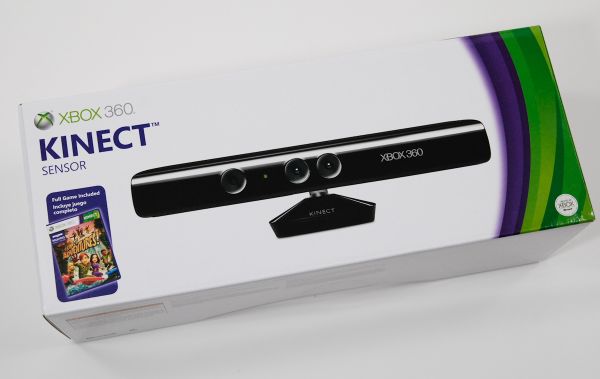






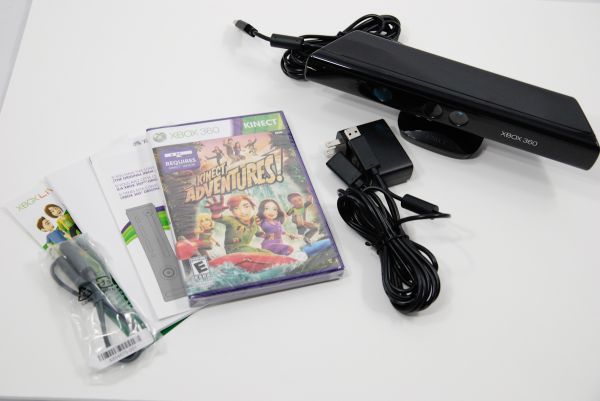
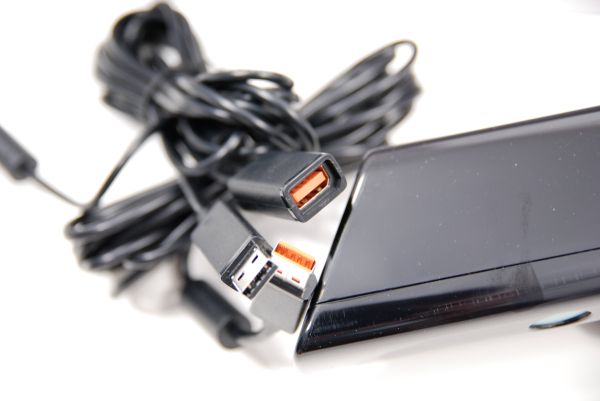
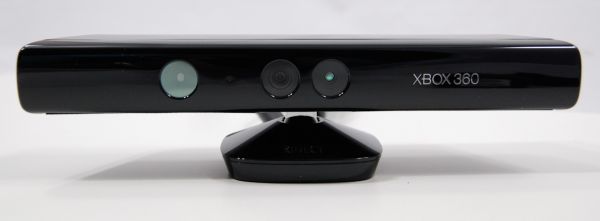
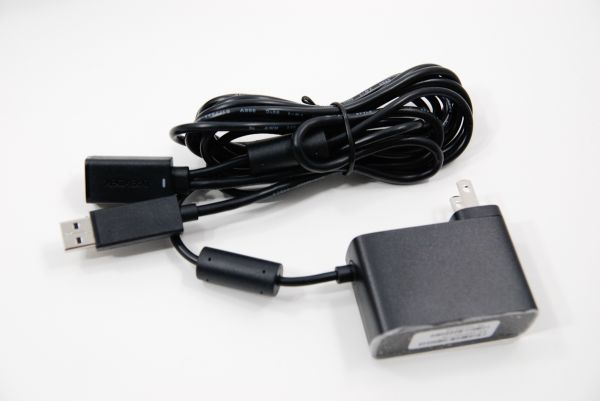
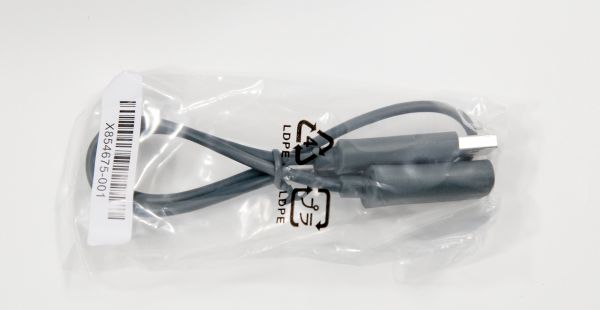
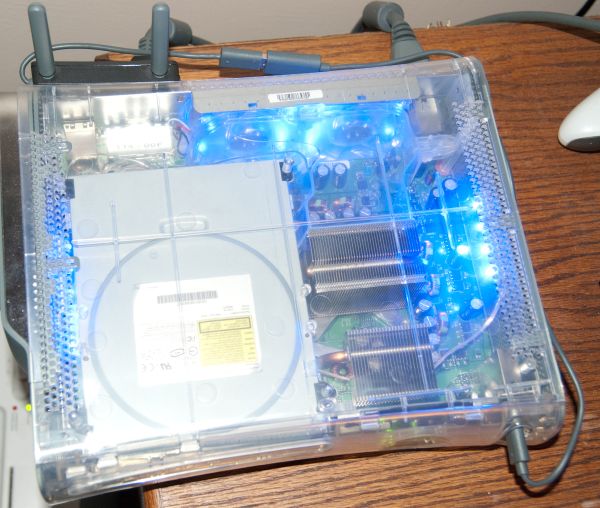
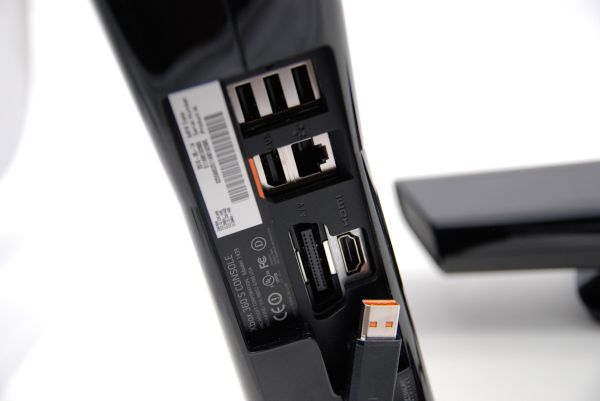








72 Comments
View All Comments
Noriaki - Thursday, December 9, 2010 - link
Yeah, I just meant the 350 part. Referring to it as the 360 S to distinguish it from the 360 Pro makes sense to me.Noriaki - Thursday, December 9, 2010 - link
PS: Thanks for the in-depth coverage. This is the first time I feel like I got a good idea of what having a Kinect in my living room would mean for practical things like where my couch lives.Aikouka - Thursday, December 9, 2010 - link
Brian, have you tried out DanceMasters (DM)? I noticed you commented on how your girlfriend compared Dance Central (DC) to DDR where DanceMasters is actually created by Konami.I own DM and have played the DC game, and I have to say... you'd probably be disappointed in the DM menu system as it is a tad bit harder to control. Way too often I found myself skipping past the option I wanted (as all options move left or right) and you then have to raise your (right) hand to select it. The problem comes when it might see you move your hand out to the right and actually shift your choice over one right before you raise your hand.
The part where I think DM beats DC is the actual dancing. In the demo for DC, I found it awkwardly difficult to pay attention to the way the dancer was moving (left or right, etc) and the upcoming movement that was shown on the right side of the screen. When my brother and his girlfriend played, I noticed one huge trend... we *all* would miss the first dance move after they changed from one move to another.
This is kind of better in DM, because it uses arrows that signify how your hand (or hands) should move in a second or two. There are also circles that will appear on the screen and you must hit them with either your hands or feet (obvious depending on the location). The last movement is the "pose silhouettes" that appear on the left and right side and are green in color. They move to the center of the screen and when the two silhouettes combine, you are supposed to be in that pose. The only problem is that it's not terribly picky on what you do in between these three types of inputs and another problem is that it loves to put circles beneath your feet (so you keep moving), but they're hard to notice. I found this easy to combat by simply always moving your feet.
Overall, there's a huge difference in the style of music between the two as well, which influenced my decision. I've never been a "Top 40s" kinda guy and I've played DDR quite a bit, so I went with the game that had the music style I was used to ( and also considering that I've heard quite a bit of Eurobeat, which DM also has ).
The one thing that was always fun about DC was the "freestyle" section where it shows you as this sort of glowing silhouette and you just do whatever dance you want. At the end, it will play this back to you in a sort of time-lapse video (which you can then save).
To talk about a different game, I noticed some problem with jumping in Kinect... mostly in the rail-based obstacle course. Maybe I was just doing little hops and Kinect didn't register it... maybe it was a problem with the cargo pants (khaki color, so they're fairly flesh-toned) that I was wearing. It was pretty crazy though... at one point I had to duck down, so I dropped to my knees and then needed to switch sides, so I pulled out the Starfox-esque barrel roll! Kinect did actually sense that correctly.
The one thing I did notice is that it is *very* common in Kinect Adventures for it to yell at me about getting too close or too far... especially in the bubble popping mini-game.
Brian Klug - Thursday, December 9, 2010 - link
I haven't checked out Dance Masters, but I'm starting to think that I definitely should. I think at the time when I originally put together this list of games, that wasn't available and I overlooked it. I'll grab it and maybe update with a page or two.It's interesting how dancing games are quickly becoming something Kinect is very well suited for. I definitely agree about jumping and the clothing choice, I have a pair of cargo shorts that just don't work with most of the titles, and Kinect Adventures does yell a lot about position, agreed.
-Brian
GSJ - Thursday, December 9, 2010 - link
If only i could use this with my p.c.....ExarKun333 - Thursday, December 9, 2010 - link
I purchased the Kinect soon after the launch and I came to pretty much the same conclusions are Brian. The lag is there, but acceptable. More importantly, the games are FUN. MS did a great job with this launch. The hardware is easy to install and configure, and the games are easy to pick up on. I agreed 100% that the menus in DC are superior to the method in the Dashboard. Maybe an update at some time? :)knowom - Thursday, December 9, 2010 - link
267ms on a DAW would be completely unthinkable in fact most people that play or record music try to stay below 10ms.I'm just using that example as a clear easy to demonstrate reason to why 267ms is a abysmal amount of input lag you can completely rule out music based kinect games as well as any twitch/quick reflex input games or applications.
SodaAnt - Thursday, December 9, 2010 - link
In the comment about the laser probably being 650-700 nm, that is wrong. 650nm is the wavelength of a normal red laser pointer. Normal IR diodes lase at either 780, 808 or 980nm.Brian Klug - Thursday, December 9, 2010 - link
Hmm it's on the fringes of what I'd consider visible, but 780 probably is a much better choice. I'll update.-Brian
mcnabney - Thursday, December 9, 2010 - link
Okay, I am probably the only prig to bring this up, but the distances required seem to be a problem for some not often thought of reasons.9-12 feet of clearance appears to be required, which means the sofa will need to be 15' back (unless you move it every time you fire up the Kinnect).
I would point out that you would need to have a 55"+ HDTV to fully benefit from the 1080p image from the Kinnect playing area, For regular game playing / movie watching on the sofa (behind the playing area) you would require a 100"!!!!! screen to fully resolve the 1080p image that the Xbox360 or a BluRay player is capable of displaying.
For this thing to really work in a robust media environment (and most living rooms) it should have been able to to work perfectly with the user standing 3-5' from the screen.